Our advanced engineering research includes microwaves, radar, robotics, hardware and electronics, and medical imaging.
Microwaves
Electromagnetic waves, particularly microwaves, are a key research area. They can penetrate many materials, and then carry information about the material properties such as water content, density, isotropy and structure. Our research includes:
- Dielectric modelling that translates microwave response into physical properties, such as density, bound water content.
- Design of components and instruments that transmit and receive electromagnetic waves such as very fast waveform samplers, vector network analysers.
- Modelling electromagnetic fields and propagating waves including Fourier diffraction, integral equation and finite difference methods for tomographic inversion that provide, for example, images of moisture distribution in soil, wood, etc.
- High-resolution techniques, using a meta-material or artificial material lens for example, to focus microwaves enabling high-resolution imaging, such as for medical use.
Our research has broad application to civil, environmental, forestry, agricultural, and resource management sectors, such as for sensing and managing processes including biological, food, natural products, and medical conditions.
Radar
Radar, generally used for detecting objects through air, is also used for in-ground, through-wall, and along-wire sensing of objects and material properties. We research the theory and application for large- and small-scale radar for cost-effective measurements from satellites, drones, aeroplanes and robots. Applications include sensing the size and properties of hidden or buried objects, soil moisture sensing for irrigation control, snow depth over sea ice for climate change research , and fat depth of live animals. Specifically:
- Novel methods for launching and receiving microwave signals, e.g. using Bessel beams, antenna design, and structures that guide microwaves along wires.
- By sensing waves at multiple locations, we exploit the superposition principle to generate images of objects in a small region or study the properties of the objects.
Robotics
Robots encompass science and technology from several disciplines. We have applied radar and sensing in several robot projects in forestry and horticulture and are expanding into agriculture. Specifically:
- Navigation and self-guidance, using radar and other non-optical methods to sense its surrounding (even in dark or foggy conditions).
- Sensing. We have investigated and designed specialist radar systems for aerial-based drones/ UAVs to conduct large-scale area surveys, such as to measure snow depth. Our horticultural research includes radar systems on terrestrial robots for sensing horticultural crops.
- Motion analysis and control of sensing. Our research includes how to manipulate the robot and/or the sensing platform to enable regularly spaced capture of microwave and optical images.
Hardware & electronics
We research advanced electronic concepts and designs, especially related to sensing for environmental and agricultural applications. Specifically:
- Very high-speed electronics to generate ultra-short pulses for precise timing circuits and extremely fast gating to capture and measure pico-second pulses. This is necessary to capture light-speed radar signals and wire-based pulses for probing, for example, moisture content and pore water conductivity we developed for the Bluelab Pulse Meter .
- Capture and signal processing of sensor-based signals. Examples include complex signal processing of ultrasonic signals for log strength testing and precise measurement of ultra-violet pulses for nitrate sensing (HydroMetrics).
- Sensor fusion – advanced techniques to interpret/integrate the signals from multiple sensors. For example, in monitoring predators in remote locations, we optimise sensing capability through sensor diversity and spatial duplication.
Medical imaging
We are researching biomedical imaging using microwaves. Microwaves have different properties compared with conventional imaging probes. Our research seeks to harness those unique properties and use them to provide more cost effective, less harmful, and faster imaging techniques.
The Team
-

Abdolabbas Jafari
Research Scientist -
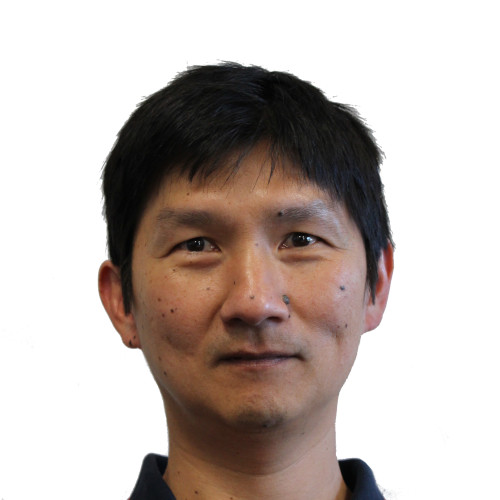
Adrian Tan
Research Scientist -
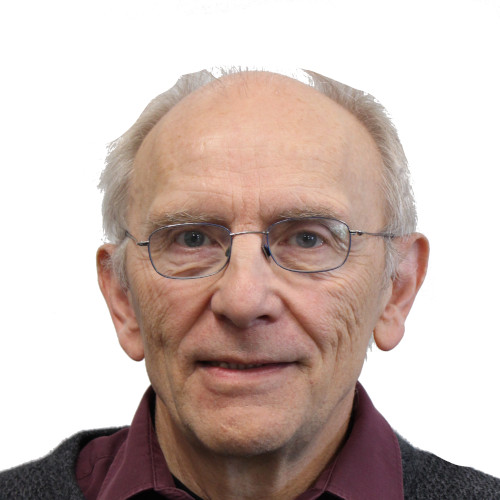
Armin Werner
Principal Science Advisor -

David Rankin
Group Manager, Green Futures -
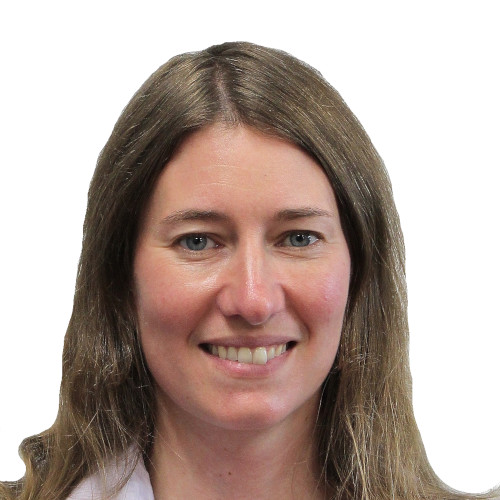
Eva Anton
Green Futures Science Programmes Lead -

Ian Woodhead
Lincoln Agritech Emeritus Fellow -

Jaco Fourie
Principal Scientist -
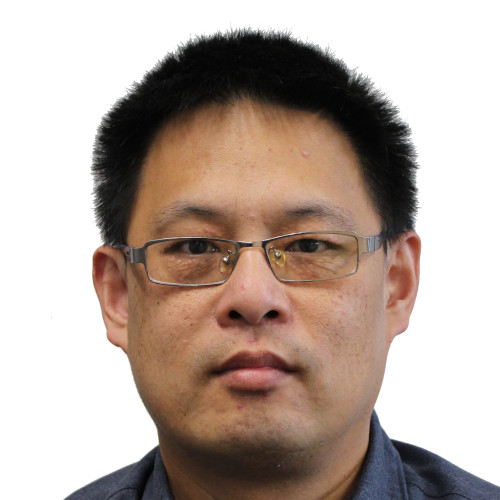
Jeffrey Hsiao
Senior Research Scientist -

Joseph Nelson
Research Scientist -
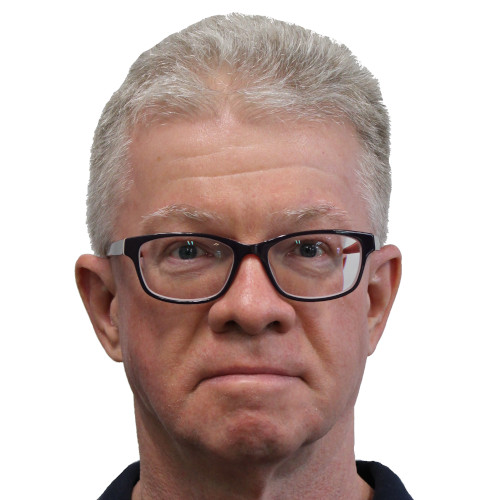
Kim Eccleston
Research Scientist -

Simon Knopp
Research & Development Engineer


